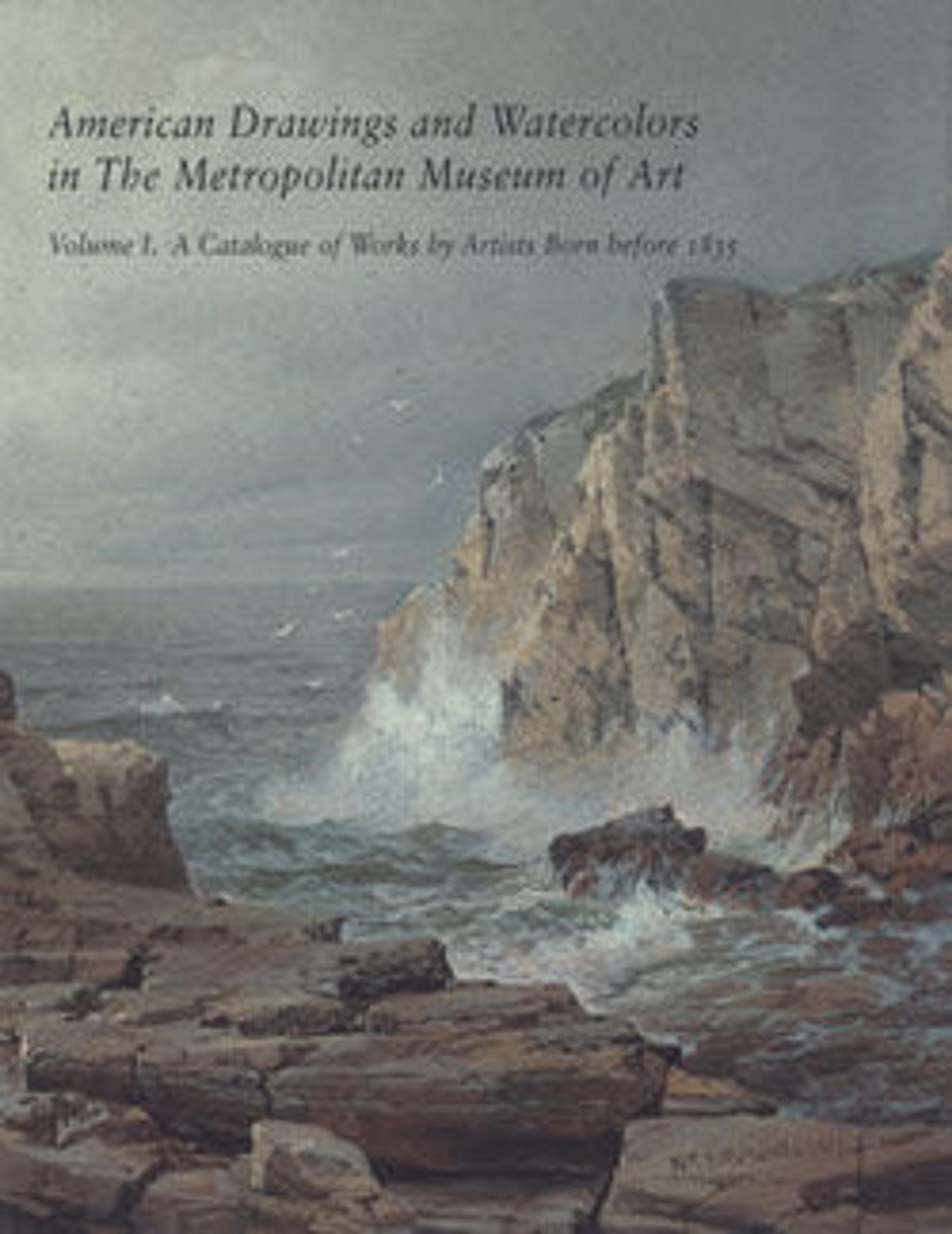Weehawken from Turtle Grove
Acquired as a view of the upper Hudson River by William Guy Wall, this watercolor was later discovered to have been the model for an Asher B. Durand engraving that bears an inscription clearly identifying Bennett as the author of the image. The records of the National Academy of Design verify that Bennett exhibited a work with the title “Weehawken from Turtle Grove,” “painted for an engraving by Durand,” in 1831. The bluffs of Weehawken in 1830 were still sufficiently undeveloped to be regarded as the edge of the wildernesses of the upper Hudson and New England, which were also represented in the gift book that included the engraving of this watercolor. Today, the nearest of the same bluffs supports the access ramp of the Lincoln Tunnel.
Artwork Details
- Title:Weehawken from Turtle Grove
- Artist:William James Bennett (American, London 1787–1844 New York)
- Former Attribution:Formerly attributed to William Guy Wall (Irish, Dublin 1792–after 1864 Ireland (active America))
- Date:ca. 1830
- Culture:American
- Medium:Watercolor and graphite on off-white wove paper
- Dimensions:15 3/16 x 20 1/16 in. (38.6 x 51 cm)
- Credit Line:The Edward W. C. Arnold Collection of New York Prints, Maps, and Pictures, Bequest of Edward W. C. Arnold, 1954
- Object Number:54.90.107
- Curatorial Department: The American Wing
More Artwork
Research Resources
The Met provides unparalleled resources for research and welcomes an international community of students and scholars. The Met's Open Access API is where creators and researchers can connect to the The Met collection. Open Access data and public domain images are available for unrestricted commercial and noncommercial use without permission or fee.
To request images under copyright and other restrictions, please use this Image Request form.
Feedback
We continue to research and examine historical and cultural context for objects in The Met collection. If you have comments or questions about this object record, please contact us using the form below. The Museum looks forward to receiving your comments.
